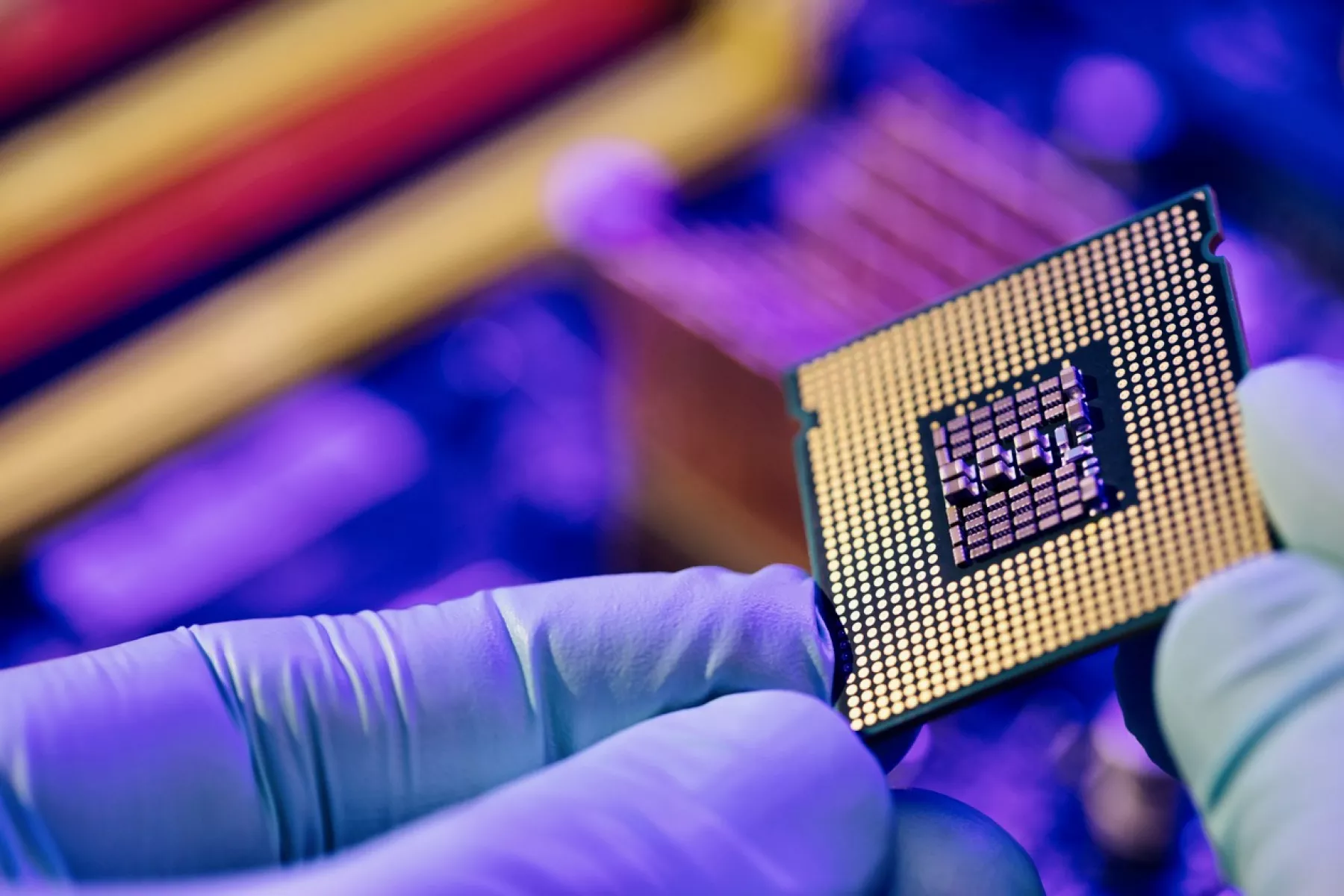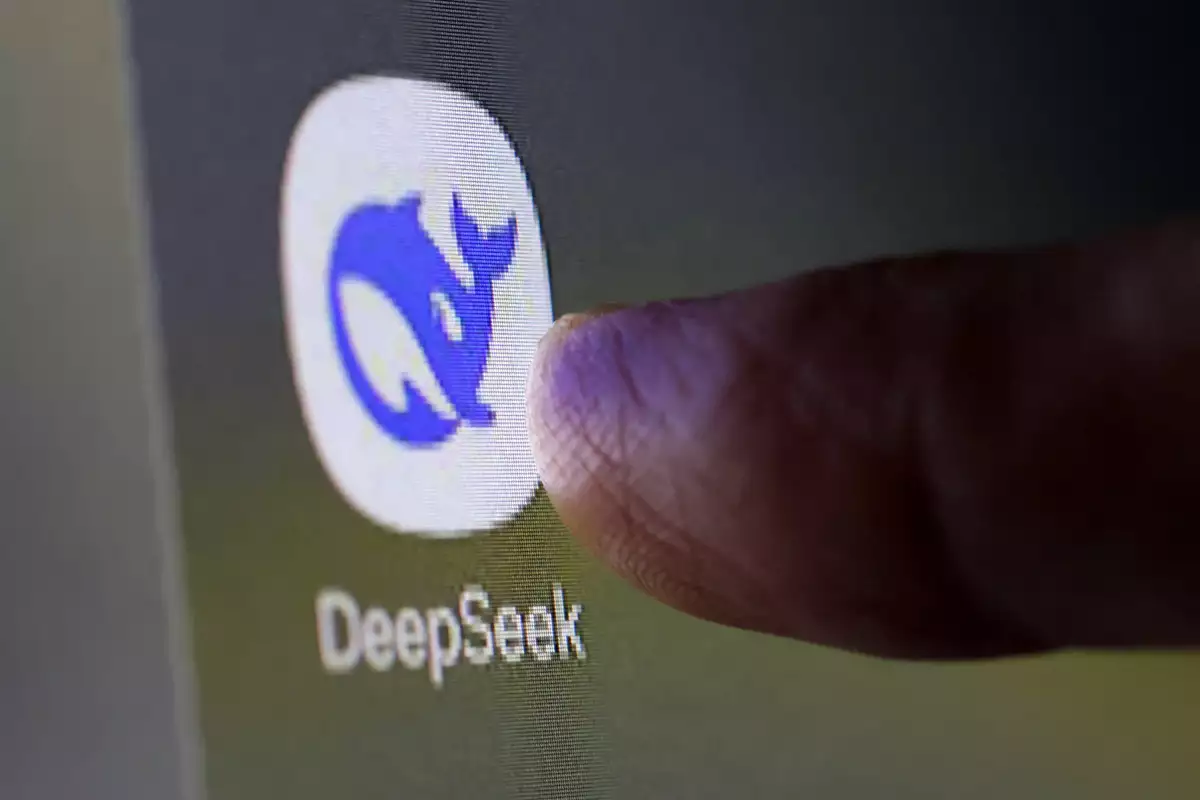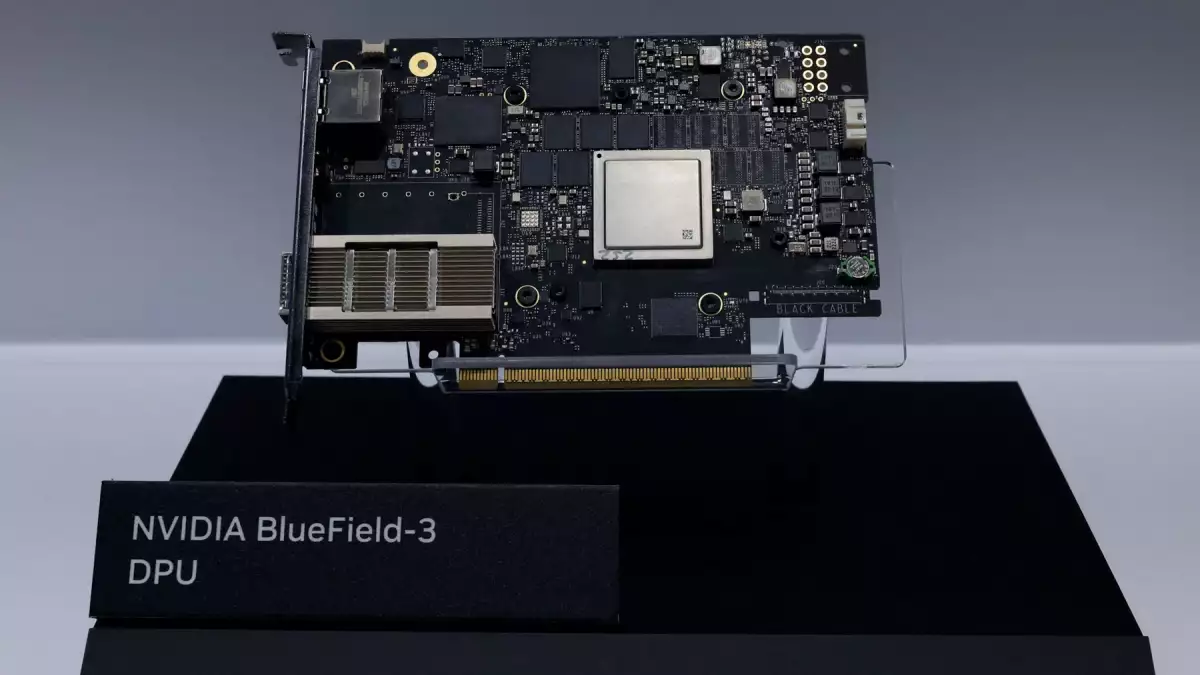
Mexico and the US collaborate to develop chip talent
Mexico wants to grow its chip industry. To do so, it needs specialized young people, and universities in both countries are addressing the issue, even though Trump has threatened to repeal the CHIPS Act.
To build a regional semiconductor supply chain in which Mexico plays an important role, the need for specific actions by national public and private institutions is becoming increasingly evident. The country's president, Claudia Sheinbaum, and the Private Initiative are aware of this, which is strengthening its collaborative approach with the United States despite Donald Trump's return to the White House.
Yesterday, during the morning conference, Sheinbaum highlighted that the national semiconductor plan is not only focused on attracting foreign investment through companies, such as the packaging plant that Foxconn will install in Jalisco for Nvidia chips, but also involves scientific and technological development related to the industry.
In this regard, he highlighted a couple of institutions that are working in the sector, such as the Center for Research and Advanced Studies (Cinvestav) and the National Institute of Astrophysics, Optics and Electronics (INAOE).
"What we want is to generate the development part of the semiconductor design (...) and have the patents related to this design," which is as important as other parts of the production stage, said the president.
The statements are relevant in the context of Trump's return to the White House, because although he has mentioned that he will repeal Biden's CHIPS Act, through which trade relations have been established to take advantage of chip nearshoring with Mexico, educational institutions maintain their efforts to develop specialized talent.
Cinvestav, for example, has the Advanced Programs in Semiconductor Technology Design, in addition to the Semiconductor Technology Center (CTS), an electronic design house, which handles the chip design stage, an area in which Mexico does not have much participation.
In August of last year, the College of Professional Technical Education (Conalep) of the state of Baja California received a scholarship for some of its teachers to participate in a training program in semiconductors taught by professors from Arizona State University. The topics of this course have been chip design and backend manufacturing.
According to the document “Opportunities for semiconductor nearshoring” by the Mexico-United States Foundation for Science, action plans must be operationally viable in the short term (one or two years) and focus on promoting coordination and the exchange of information among key players in the sector.
Leave a comment:


Tranding News










